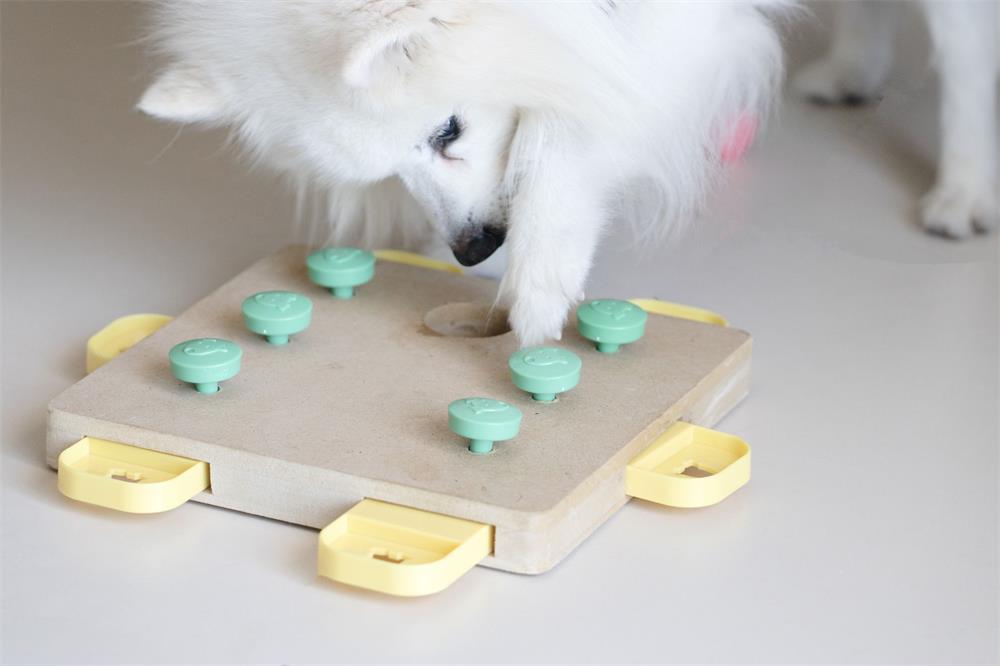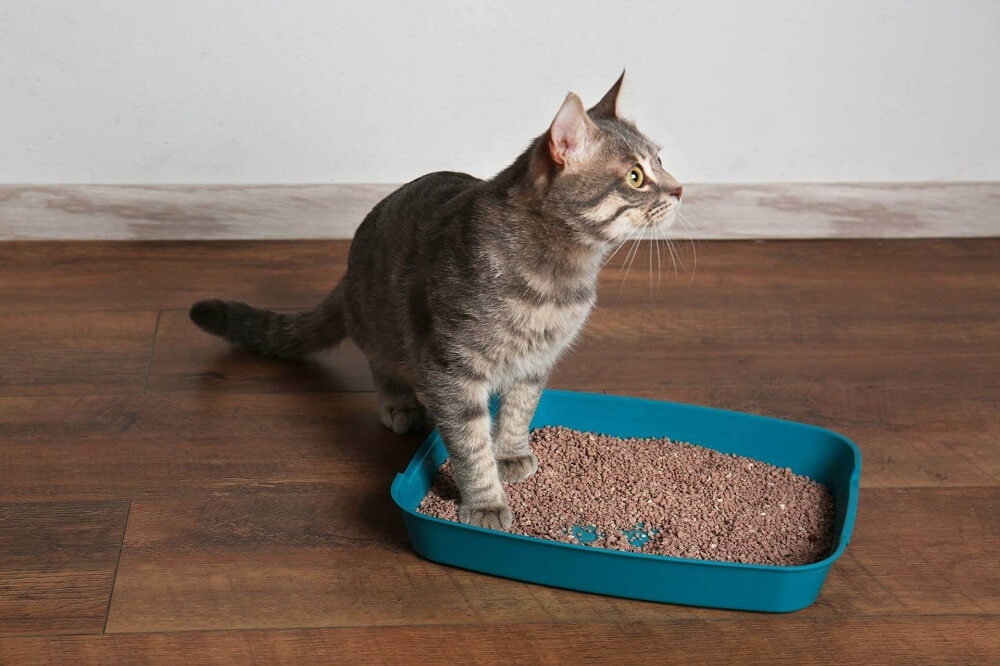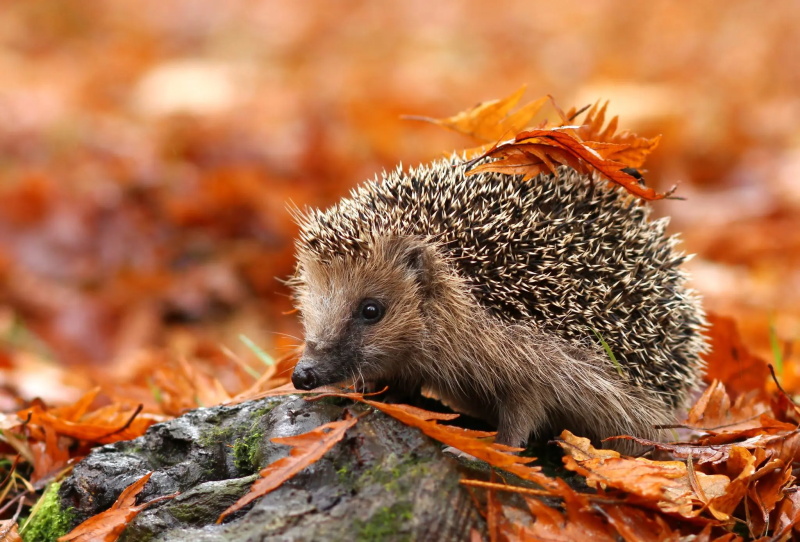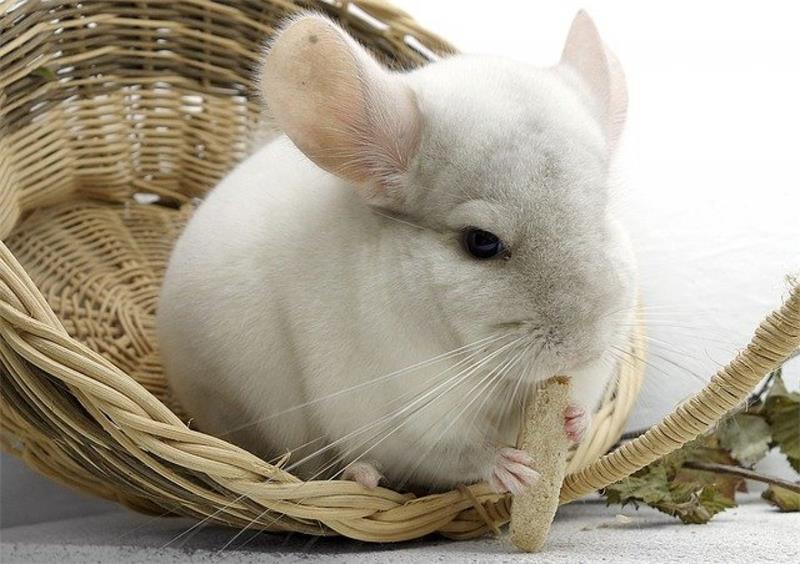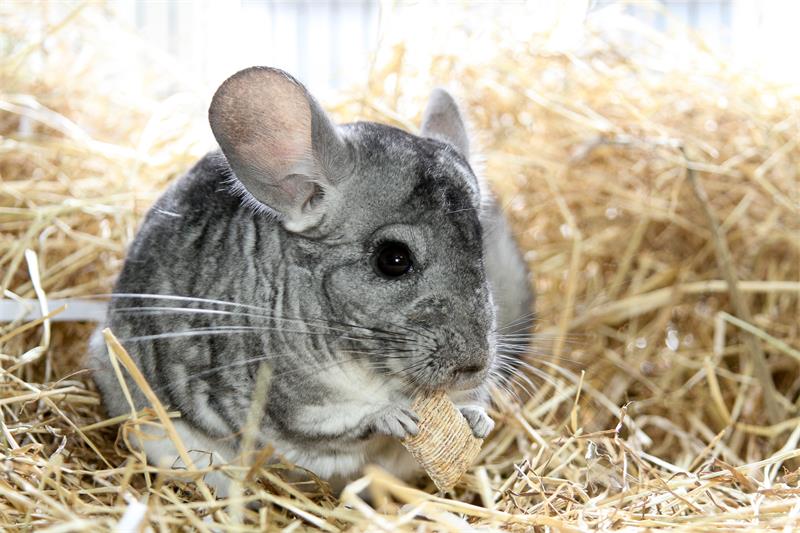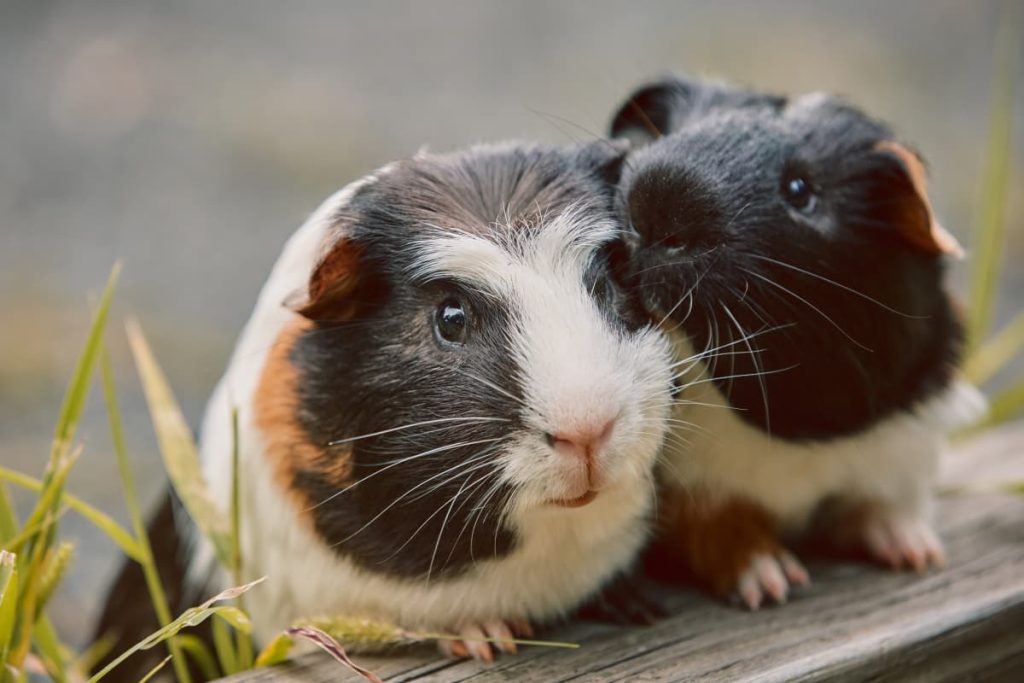
Table of Contents
Guinea pigs are adorable and social animals that can make great pets for families and children. They are happier and healthier when they have a companion of their own kind, as they are naturally herd animals in the wild. However, introducing a new guinea pig to your existing one can be tricky, as they are also territorial and have different personalities. You need to follow some proven methods to ensure a smooth and successful introduction that will result in a lasting friendship between your furry friends.
In this guide, we will walk you through the steps of introducing guinea pigs to each other, from choosing the best match to creating a safe and comfortable environment for them. We will also answer some common questions and provide some tips on how to deal with potential problems along the way.
Choosing the Best Match
The first thing you need to consider before getting a second guinea pig is what sex it should be. This will affect how well they will get along and whether you need to take extra precautions to prevent unwanted pregnancies.
- Same sex: The safest option is to get a guinea pig of the same sex as your current one. This way, you don’t have to worry about them breeding and producing more babies than you can handle. However, you still need to pay attention to their personalities and dominance levels, as two dominant or aggressive guinea pigs of the same sex may fight with each other. Generally, females tend to be more peaceful and easy-going than males, but this is not always the case.
- Opposite sex: If you want to get a guinea pig of the opposite sex, you must make sure that both of them are spayed or neutered before introducing them. Otherwise, they will mate and have multiple litters of babies, which can be very risky and stressful for both the parents and the offspring. Spaying or neutering can also reduce aggression and hormonal behaviors in guinea pigs, making them more compatible with each other. However, spaying or neutering is a major surgery that requires anesthesia, recovery time, and veterinary care, so it can be quite expensive and not without risks.
- Young/old: Another factor to consider is the age difference between your guinea pigs. Younger guinea pigs are usually more adaptable and accepting of new companions than older ones, as they have not established their territory or habits yet. If you have an older guinea pig, getting a younger one of the same sex can be a good idea, as the older one will naturally assume the dominant role without much conflict. However, you should also make sure that the younger one is not too small or fragile compared to the older one, as they may get injured or bullied by accident.
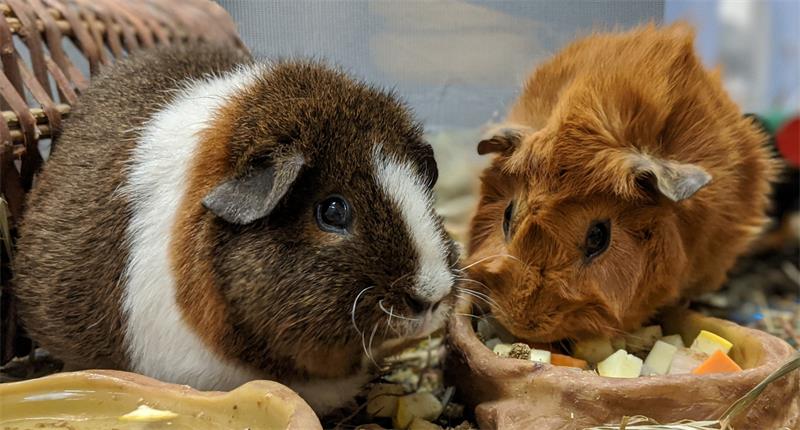
Preparing for Introduction
Before you bring home your new guinea pig, you need to do some preparations to make sure that both of them are healthy and comfortable.
- Determine the sex: The first thing you should do is confirm the sex of both your guinea pigs. Sometimes pet store employees or breeders may make mistakes or give inaccurate information about the sex of their animals, so you should always check for yourself. To do this, you need to gently hold your guinea pig by its chest and shoulders, spread its back legs apart, and look at its genitals. A male guinea pig will have a circular opening with a slight bulge above it, which is where the penis is located. A female guinea pig will have a flat Y-shaped opening with no bulge. You can also feel for a bone just above the genitals; if there is one, it is a male; if not, it is a female.
- Quarantine: The next thing you should do is quarantine your new guinea pig for at least two weeks before introducing it to your existing one. This is to prevent any diseases or parasites from spreading between them and to allow them to adjust to their new surroundings. You should keep your new guinea pig in a separate cage that is close enough for them to see, hear, and smell each other, but not touch or interact directly. This way, they can get used to each other’s presence and scent gradually without feeling threatened or stressed.
- Cage size: You also need to make sure that your cage is big enough for two guinea pigs to live comfortably together. The minimum size for two guinea pigs is 10.5 square feet (0.98 square meters), but bigger is always better. A spacious cage will provide enough room for them to run around, play, hide, and sleep without feeling cramped or bored. It will also reduce the chances of territorial disputes or fights between them.
Introducing the Guinea Pigs
After two weeks of quarantine, you can finally introduce your guinea pigs to each other face-to-face. However, you should not just put them together in the same cage right away, as this can cause a lot of stress and aggression. You need to follow some steps to make sure that the introduction goes smoothly and safely.
- Neutral territory: The first step is to choose a neutral territory where you can introduce your guinea pigs for the first time. This should be a place that neither of them has claimed as their own, such as a bathtub, a playpen, or a large cardboard box. You should also remove any toys, food bowls, or hiding places from the area, as these can trigger territorial or possessive behaviors. You should only provide some fresh hay and water for them to nibble on and drink from.
- Supervision: The second step is to place your guinea pigs in the neutral territory and watch them closely. You should never leave them alone or unsupervised during this process, as they may fight or injure each other. You should also have a towel or a pair of gloves handy in case you need to separate them quickly. Do not use your bare hands, as they may bite you or scratch you by accident.
- Behavior: The third step is to observe their behavior and reactions to each other. It is normal for guinea pigs to display some signs of dominance or curiosity when they meet a new companion, such as sniffing, chasing, mounting, rumbling, or teeth chattering. These are not necessarily aggressive or harmful actions, but rather ways of establishing their hierarchy and communication. However, if you notice any signs of serious aggression or fear, such as biting, drawing blood, squealing, or hiding, you should intervene and separate them immediately. You can try again later after they calm down, but if they still don’t get along after several attempts, you may need to consider finding a different match for your guinea pig.
- Duration: The fourth step is to decide how long to keep them together in the neutral territory. This depends on how well they get along and how comfortable they are with each other. Some guinea pigs may bond quickly and easily, while others may take longer and need more time. You should start with short sessions of 10 to 15 minutes and gradually increase the duration as they become more friendly and relaxed with each other. You should also repeat this process several times over a few days before moving them to their permanent cage.
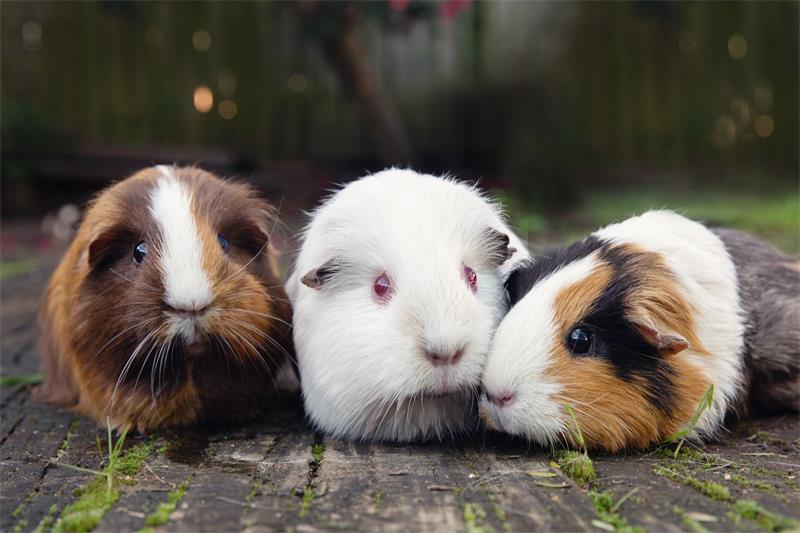
Moving Them to Their Permanent Cage
Once your guinea pigs have shown positive signs of bonding and friendship in the neutral territory, you can move them to their permanent cage where they will live together. However, you still need to do some preparations to make sure that their transition is smooth and stress-free.
- Cleanliness: The first thing you need to do is clean the cage thoroughly before putting your guinea pigs in it. You should remove any bedding, toys, food bowls, or hiding places that have been used by your existing guinea pig and replace them with new ones. You should also wash the cage with hot water and vinegar or mild soap to remove any traces of scent or urine that may mark the territory. This will help prevent any territorial disputes or fights between your guinea pigs when they enter the cage.
- Layout: The second thing you need to do is arrange the cage in a way that provides enough space and resources for both of your guinea pigs. You should make sure that there are at least two of everything in the cage, such as food bowls, water bottles, hay racks, toys, and hiding places. This will allow them to share or have their own things without feeling deprived or jealous. You should also avoid placing these items too close together or in corners, as this may create bottlenecks or dead ends where your guinea pigs may get trapped or cornered by each other.
- Supervision: The third thing you need to do is monitor your guinea pigs closely when they are in their permanent cage for the first time. You should still watch out for any signs of aggression or fear that may indicate that they are not comfortable or happy with each other. You should also check for any injuries or wounds that may have resulted from their interactions. If you notice any problems or issues, you should separate them immediately and consult your vet for advice.
Frequently Asked Questions
Here are some common questions and answers about introducing guinea pigs to each other.
- Can I introduce more than two guinea pigs at once?
It is possible to introduce more than two guinea pigs at once, but it is not recommended unless you have a lot of experience and space. Introducing more than two guinea pigs at once can be very stressful and chaotic for them, as they will have to deal with multiple new scents, personalities, and hierarchies. It can also increase the risk of fights, injuries, and diseases among them. If you want to have more than two guinea pigs, you should introduce them one by one, following the same steps as above.
- Can I introduce different breeds or species of guinea pigs?
You can introduce different breeds of guinea pigs to each other, as long as they are compatible in terms of sex, age, and personality. Different breeds of guinea pigs may have different appearances, sizes, or coat types, but they are still the same species and can communicate and bond with each other. However, you should not introduce different species of rodents to your guinea pigs, such as hamsters, rats, or rabbits. These animals have different needs, behaviors, and languages than guinea pigs, and they may not get along or even harm each other.
- How can I tell if my guinea pigs are happy together?
Some signs that your guinea pigs are happy together are:
- They groom each other or cuddle with each other.
- They play with each other or share toys and food.
- They vocalize with each other or make happy noises.
- They sleep near each other or in the same hiding place.
- They follow each other or explore the cage together.
Some signs that your guinea pigs are unhappy together are:
- They fight with each other or draw blood.
- They chase each other or try to escape from each other.
- They squeal or make angry noises at each other.
- They avoid each other or stay in opposite corners of the cage.
- They ignore each other or show no interest in each other.
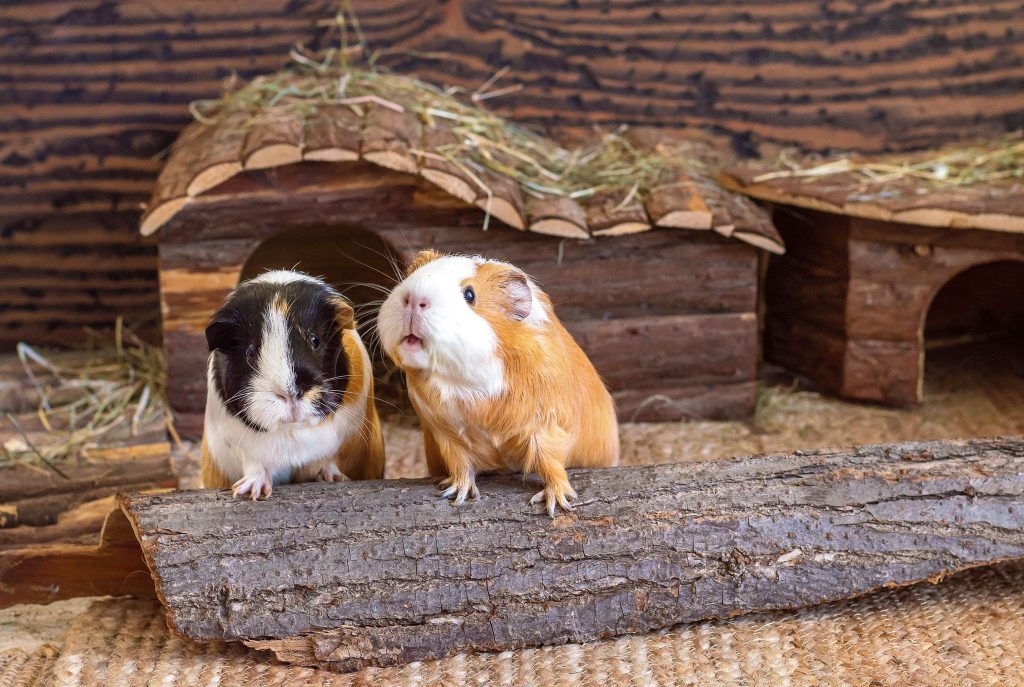
Conclusion
Introducing guinea pigs to each other can be a rewarding and enjoyable experience for both you and your pets. By following the steps and tips in this guide, you can help your guinea pigs form a strong and lasting bond that will enrich their lives and yours. Remember to always be patient, gentle, and attentive when introducing your guinea pigs to each other, and to consult your vet if you have any questions or concerns. We hope this guide has helped you learn how to introduce guinea pigs to each other successfully. Good luck and have fun!



